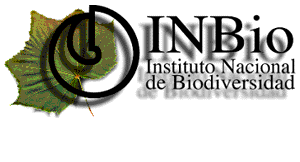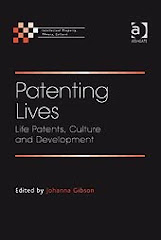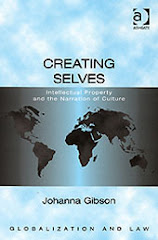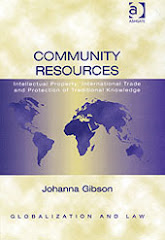
In an article published in Nature, 1 June, Rex Dalton has reported on a bioprospecting plan for Instituto Nacional de Biodiversidad (INBio), the national biodiversity institute of Costa Rica. The ambitious 5 year project is setting out to catalogue species that may be potential drug candidates, and is to be funded by the United States. The Fogarty International Center at the US National Institutes of Health (NIH) is providing $3.5 million for the new bioprospecting team. Any economic rewards are then to be shared with INBio, which has been facing a funding crisis. The funds are part of the International Cooperative Biodiversity Group (ICBG) projects, which fund projects concerning drug discovery, biodiversity conservation, and sustainable economic growth. The project includes researchers from the University of Michigan, the Broad Institute (Harvard and Massachusetts Institute of Technology) and the Novartis Institutes for Biomedical Research in Cambridge.
In 1989, INBio was established as a private centre for research and biodiversity management, with the ambitious effort to catalogue each and every species in Costa Rica, one of the most mega-biodiverse regions in the world, and to realise sustainable use of that biodiversity. INBio has continued to work as a non-governmental, non-profit, civil society organisation, cooperating with academic and government institutions, as well as industry and other private interests nationally and internationally. In October 2005, in a report in Science Erik Stokstad described the "flagship project" as being "in serious trouble," and that major grants were now simply running out. The report describes the termination of INBio researchers and technicians and the closure of an ecological mapping division, seriously threatening the ability to continue field collecting - a critical aspect of INBio's work.
The new deal with industry is being viewed as a possible answer to the vulnerability of this hugely significant institution. However, the current funding crisis is largely due to the drying up of industry grants offered in the early days of INBio. Merck, for instance, gave grants of more than US$4 000 000, but no major commercial products (or blockbuster drugs) were der
 ived from this and other similar relationships, despite reports that Merck found around 200 substances in preliminary screening. In Dalton's report, one scientist is quoted as saying "I think they bought good public relations with the grants." Thus, the real need for INBio is clear government financial commitment to the centre and its considerable work. Realistically, however, there is a critical need for a substantial endowment - the aim being for US$500 million to preserve Costa Rica's biodiversity.
ived from this and other similar relationships, despite reports that Merck found around 200 substances in preliminary screening. In Dalton's report, one scientist is quoted as saying "I think they bought good public relations with the grants." Thus, the real need for INBio is clear government financial commitment to the centre and its considerable work. Realistically, however, there is a critical need for a substantial endowment - the aim being for US$500 million to preserve Costa Rica's biodiversity.The significant difference proclaimed by the current project relationship is a commitment to openness about potential new drug candidates, as distinct from the previous partnerships where possibly useful compounds were developed "behind the proprietary walls of corporate science" after the initial access was obtained. In this way, the realisation of any economic value in the compounds was achieved outside the relationship with INBio and thus without any adequate benefit or knowledge sharing in the outcomes.
Notwithstanding the promise of "openness" in the current project, the concern of some INBio scientists is that the motivation to develop products in early trials might be compromised by commercial concerns. In earlier deals, according to Dalton's paper, Bristol-Myers Squibb reportedly identified some potentially useful compounds from insects, but did not pursue these - to INBio's economic detriment.
Nevertheless, despite these concerns and doubts, data from the new bioprospecting project will be made publicly available in a database, ChemBank. Information will include the origin of the compounds, their area and conditions of collection, and possibly also information on early screening tests, leading to what is hoped to be a comprehensive library of 5000-10 000 compounds. Significantly, the database will therefore include material that has been and would be considered proprietary, although its release will be after its research and development. After initial work, Novartis will have to negotiate agreements with INBio to advance material to drug stage, in what could promise to be a significant benefit-sharing consortium.



No comments:
Post a Comment